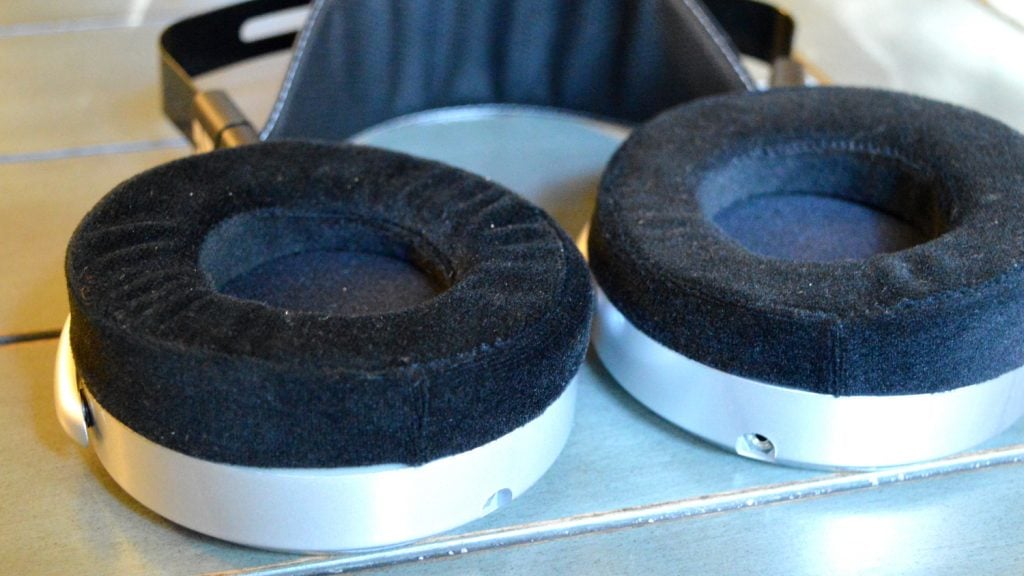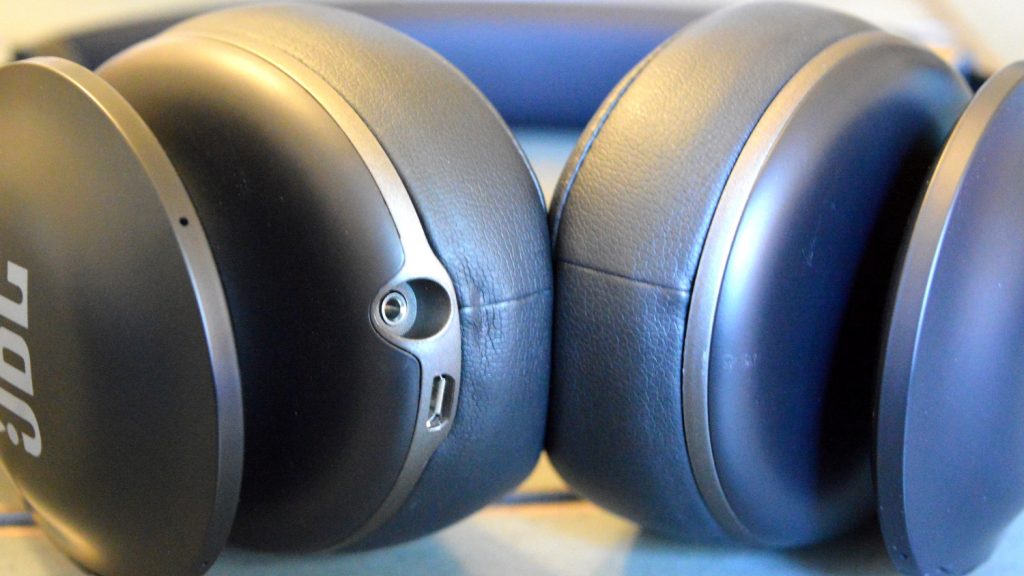Noise cancellation technology is getting better and better every year, as headphone manufacturers figure out improved ways to cut out the sound around us so we can enjoy a more pure music-listening experience. But how do noise cancelling headphones work?
In reality, there are a few different kinds of noise cancelling headphones — active noise cancelling headphones and passive noise cancelling headphones. Here’s how each of the two works and which is better for certain situations.
Passive noise cancelling headphones
Passive noise cancelling headphones really don’t employ all that much technology to work. In fact, all headphones have passive noise cancellation of some kind. That’s because passive noise cancellation works simply by blocking out noise — the same way any earplugs do.
The type of foam used on the earcup of headphones has a significant impact on how much sound headphones can block, as does the design of the headphones — closed-back headphones, for example, can block much more noise than open-back headphones. You can read more about closed-back and open-back headphones here.
Passive noise cancelling headphones are best at cutting out higher frequencies, as those frequencies have a harder time traveling through the foam layers use in circum-aural (around-ear) headphones. Normally, the amount of sound cancelled by these headphones is around 15-20dB — which is a good amount, to be sure, but not enough to really make your listening environment silent.
The advantage to using passive noise cancellation is that it doesn’t require a battery — just good old fashioned foam.
Active noise cancelling headphones
Active noise cancelling headphones are far more complex than their passive siblings. That’s because active noise canceling headphones basically use a microphone to record the sound, then play back a kind of “anti-sound” in the headphones themselves, cancelling the outside noise. To understand how this works, let’s first talk about how sound in general works.
Sound basically travels through the air in waves — the “higher” the wave, the louder the sound. In other words, sound travels through air vibrations, and when we hear sounds, we’re basically hearing changes in air pressure. That change in air pressure causes our ear drums to vibrate, and those vibrations are translated into sound by our brain.
When one wave is being heard, another wave of opposite energy effectively cancels out the first wave, resulting in no sound being heard.
In the image above, the black wave is the sound that’s coming from outside the headphones. Using a small microphone, the headphones pick up that sound, then they analyze it using a small computer, which kind of “fingerprints” the sound and produces the same sound that’s flipped 180 degree out of phase — basically the anti-sound to the sound that it detects — cancelling out the original sound so that you can’t hear it.
Of course, things are much more complex than one basic wave. The world around us is full of sounds, many of which are made up of multiple frequencies and tones. That’s why even with noise canceling headphones some sound still gets through. Active noise cancellation is, however, getting better — and may one day be able to cancel out all the sounds around us.
There are disadvantages to passive noise cancellation — like the fact that it uses quite a lot of battery life. Still, if you’re good at keeping things charged up they’re a great way to get a bit of rest and relaxation on long flights.
Conclusions
Noise cancelling headphones can be extremely helpful in creating a good listening environment, but it’s always nice to understand how a technology works when you’re using it. If you have any questions, feel free to ask them in the comments section below!





